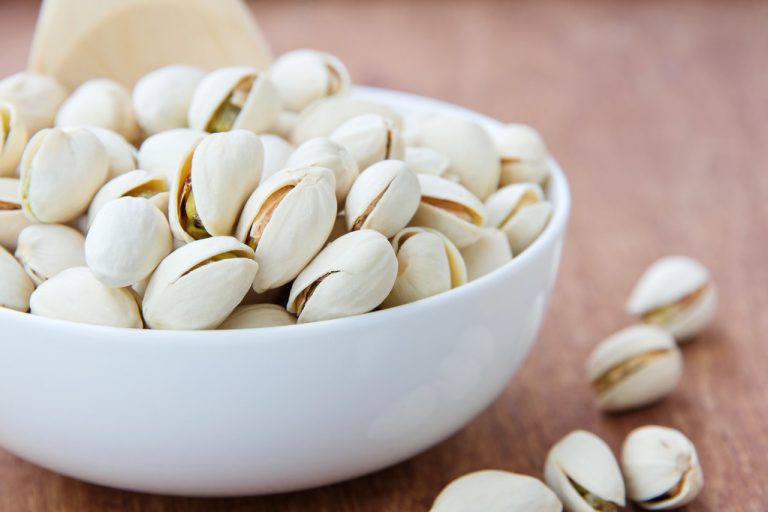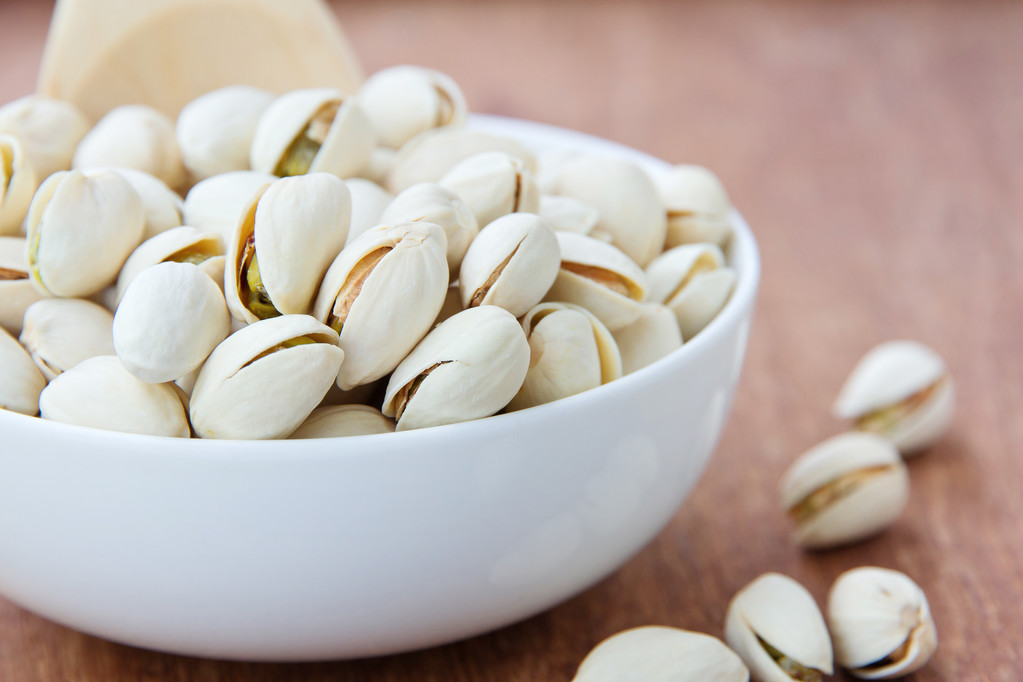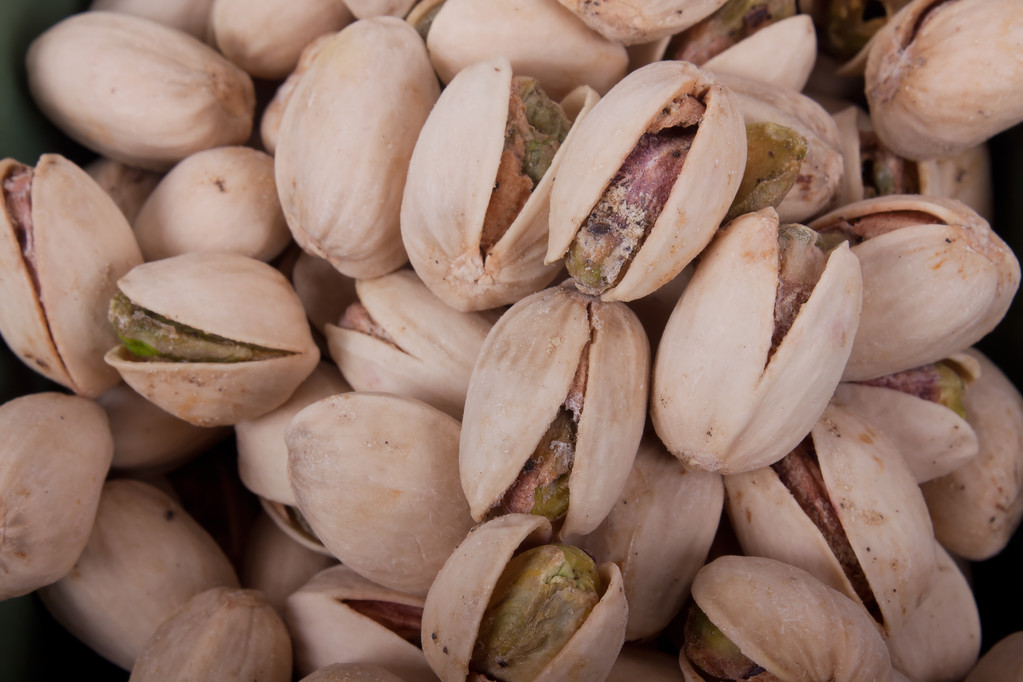Pistachios are a popular and healthy snack. They contain all the essential amino acids and are a complete source of protein. But caution is advised: sometimes pistachios can also be poisonous and even carcinogenic. We’ll tell you what to look out for.
Pistachios as a slimming agent
Pistachios are even said to help with weight loss: as part of a study conducted for more than three months, researchers at the University of California in Los Angeles gave 52 overweight test subjects two different snacks to nibble on in the evening. One half received 45 g pistachios, the other 60 g savory biscuits. Surprisingly, the pistachio eaters lost weight faster than the savory group, even though pistachios contain significantly more fat. Although the result gives food for thought, pistachios are not suitable as a basis for an effective diet. But you can make a positive contribution.
But be careful with pistachios, because the cheap varieties in particular are sometimes contaminated with toxic aflatoxins. These are toxins that are formed by a mold, more precisely: they are metabolic products of the molds Aspergillus flavus and Aspergillus parasiticus.
Since these fungi thrive best in warm and humid environments, foods from tropical and subtropical regions are particularly affected – for example peanuts, pistachios, almonds and other imported nuts, but also rice, corn and soybeans. Aflatoxins are considered toxic and carcinogenic. German food authorities have found increased levels of aflatoxins in pistachios from Iran in recent years.
We explain what you need to look out for when buying, eating and storing pistachios.
Pistachios are very healthy, contain all essential amino acids, potassium, iron, polyphenols, many other vitamins, antioxidants and unsaturated fatty acids and have a high triglyceride level and protein content. Unfortunately, however, incidents about aflatoxins, carcinogenic mold toxins, being found in cheap pistachios are becoming public again and again.
So that you can enjoy the actually very healthy stone fruits carefree, you should pay attention to the following things:
Drying phase: In the traditional production of pistachios (e.g. from Iran), they are not dried by machine, but in the sun. Since this process takes longer than the mechanical one, mold can quickly form here. So it is best to make sure that your pistachios have been dried by machine in a company. But be careful: loads are also possible here.
Smell: If the pistachios smell musty or rancid, you should definitely keep your hands off them.
Storage at home: You should store pistachios in their shells in a dry and cool place, then they can be kept for several months. They can spoil quickly even at room temperature. Pistachios that have already been shelled must be stored in the refrigerator. There they will keep in an airtight box for up to four weeks.
Tip: Pistachios can be frozen. They will keep like this for up to a year.
The general rule is: keep your hands off cheap pistachios: the controls to reduce toxins are expensive and people often skimp on them, which is why increased aflatoxin levels are found in cheap pistachios.
The world’s largest pistachio-growing region is in south-eastern Iran, around the cities of Kerman and Rafsanjan. The second largest producer is California, the largest growing area is here in the San Joaquin Valley. Pistachios were not imported into the USA until around 1880 and were cultivated there a short time later. The third largest producer of pistachios is Turkey.

Pistachios: what’s in them?
100g shelled pistachios contain 518 calories, 52g fat, 18g protein, 12g carbohydrates and 10.6g fiber. Stone fruits also contain a lot of minerals and vitamins, such as sodium, potassium, calcium, magnesium, phosphorus, iron, zinc, ß-carotene, vitamin E, vitamin B1, vitamin B2 and vitamin B6, folic acid and vitamin C.
High quality pistachios
If you want to be on the safe side, it is best to buy high quality. We have put together a small selection of high-quality pistachios.







